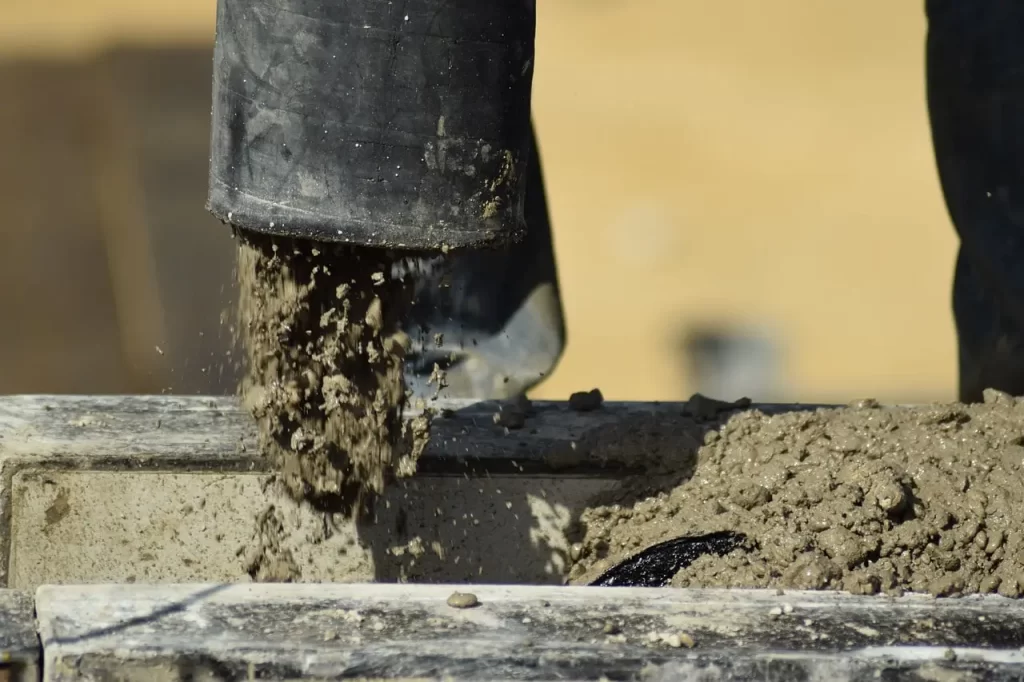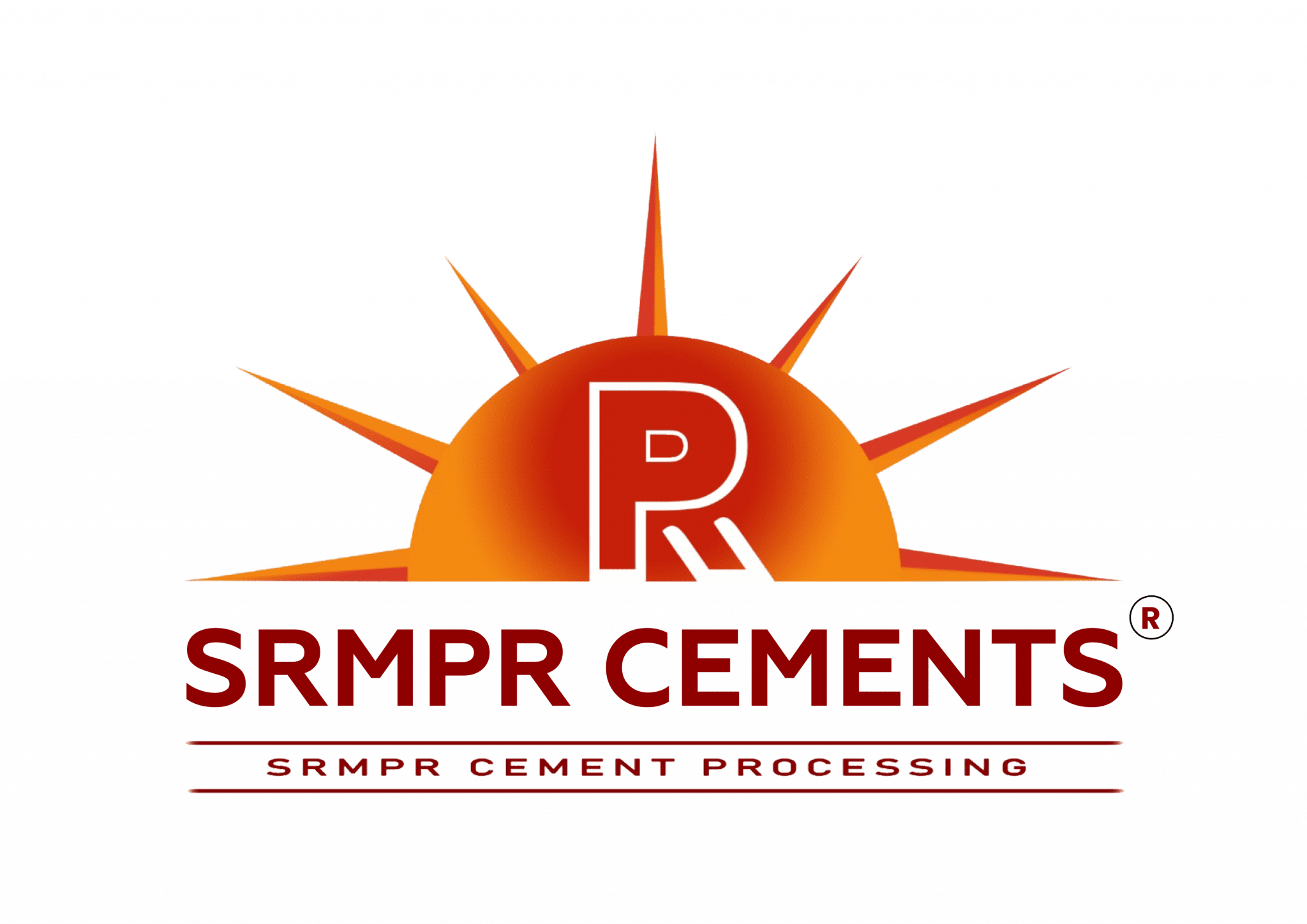Concrete stands as the cornerstone of modern construction, underpinning a myriad of infrastructure projects worldwide. From towering skyscrapers to humble sidewalks, its ubiquitous presence underscores its importance. In this blog, we delve into the essence of concrete, exploring its composition, properties, and manifold applications.
Understanding Concrete
At its core, concrete is a composite material comprising cement, water, and aggregates, such as sand and gravel. This amalgamation undergoes a chemical process, gradually solidifying into a robust structure over time. Notably, its affordability, durability, and malleability render it indispensable in construction endeavors.
Types of Concrete
Reinforced Concrete:
Reinforced concrete is strengthened by incorporating steel bars or mesh within it, enhancing its tensile strength and durability. It finds extensive use in constructing tall buildings, bridges, and other structures necessitating heightened stability and resilience.
Lightweight Concrete:
This variant is characterized by its reduced weight compared to standard concrete, making it suitable for projects where weight is a concern. It’s commonly employed in fabricating precast concrete components like wall panels, roof slabs, and paving blocks.
High-Strength Concrete:
With a compressive strength exceeding 40 MPa, high-strength concrete is favored for projects demanding exceptional robustness. It’s a preferred choice for erecting tall buildings, bridges, and dams where heightened strength is imperative.
High-Performance Concrete:
Tailored for specialized applications, high-performance concrete boasts superior properties such as heightened durability, strength, and resilience to extreme conditions. It finds utility in constructing sophisticated structures like nuclear power plants and offshore installations.
Precast Concrete:
Manufactured off-site and then transported, precast concrete offers advantages such as reduced construction duration and enhanced quality control. It’s widely utilized in crafting precast elements such as wall panels, columns, beams, and staircases.
Composition of Concrete:
Concrete consists of three primary components: cement, aggregates, and water. Cement acts as the adhesive that binds the mixture, while aggregates, like sand and gravel, contribute strength and volume.
Water is essential for hydrating the cement and initiating the chemical process that solidifies the concrete. Therefore, maintaining the appropriate ratio of cement to water is crucial for ensuring the concrete’s strength and durability. A higher water-to-cement ratio can lead to weaker, less resilient concrete prone to cracking and erosion.
In addition to these key ingredients, concrete may include additives such as admixtures to enhance specific properties like workability, strength, and durability. Common additives include fly ash, silica fume, and plasticizers.
Properties of Concrete:
Concrete possesses various properties that make it an ideal construction material for diverse applications. Some of its notable properties include:
Workability: This refers to how easily concrete can be mixed, transported, and placed. High workability is crucial for achieving desired shapes and finishes.
Strength: Concrete is renowned for its strength, capable of withstanding heavy loads and stress. Its compressive strength varies based on composition and curing time.
Durability: Concrete exhibits high durability, enduring exposure to elements like water, wind, and extreme temperatures. Proper curing and maintenance can extend its lifespan.
Creep: This is the gradual deformation of concrete under sustained loads over time, which can lead to structural damage if not addressed during design and construction.
Shrinkage: Concrete shrinks as it dries, potentially causing cracks and damage. Proper reinforcement and curing mitigate shrinkage effects.
Unit Weight: Concrete’s density, or unit weight, varies depending on its composition and strength. Higher unit weight results in stronger, more durable concrete.
Modular Ratio: This denotes the relationship between the elastic moduli of concrete and its reinforcing steel. A higher modular ratio enhances structure strength and durability.
Poisson’s Ratio: This measures the ratio of lateral strain to axial strain when a material undergoes stretching or compression. Poisson’s ratio influences concrete structure strength and stability.
Uses of Concrete:
Driveways and Patios:
Concrete serves as a preferred material for driveways and patios due to its enduring strength, minimal upkeep requirements, and adaptability. Homeowners appreciate its ability to be stamped or coloured, blending seamlessly with the surroundings. Moreover, its resilience to heavy loads and resistance to cracks ensure long-lasting reliability.
Sidewalks:
Concrete remains a popular choice for sidewalks, valued for its robustness, cost-effectiveness, and straightforward installation. Concrete sidewalks withstand constant foot traffic and can be easily repaired if needed. Their durability and resistance to weathering and erosion ensure longevity with minimal maintenance.
Parking Lots:
Concrete is widely employed for constructing parking lots, prized for its durability and resilience. These lots endure heavy vehicle loads and can endure for years with proper care. Additionally, concrete’s slip-resistant surface can be marked for safety, ensuring longevity and reliability.
Streets:
Concrete emerged as a preferred material for street paving, celebrated for its durability, skid resistance, and capacity to handle heavy traffic. Concrete streets demand minimal maintenance and resist oil and gas spills, making them ideal for bustling areas.
Footings/Foundation:
Concrete finds common use in building foundations and footings, appreciated for its strength, durability, and water resistance. These foundations bear the weight of structures while safeguarding against moisture damage. Reinforcement with steel bars further fortifies concrete’s structural integrity.
Mid-Rise and High-Rise Buildings:
Concrete stands as an optimal choice for erecting mid-rise and high-rise buildings, revered for its strength, durability, and resilience against natural disasters. Reinforced concrete structures withstand seismic forces and high winds, ensuring safety and reliability. Additionally, concrete buildings can be designed for energy efficiency and boast a lengthy lifespan with proper upkeep.
Concrete, as the cornerstone of modern construction, exhibits unparalleled versatility and reliability across diverse applications. Its composition, comprising cement, aggregates, and water, alongside its myriad properties, including strength, durability, and workability, solidify its status as an indispensable building material. From driveways to high-rise buildings, concrete’s enduring presence shapes our built environment, standing as a testament to human ingenuity. In the pursuit of sustainable construction practices, the choice of cement plays a pivotal role, with SRMPR cement offering quality and environmental sustainability. By selecting SRMPR cement, we ensure structural integrity while contributing to a greener, more sustainable future, aligning with our commitment to responsible construction practices.



